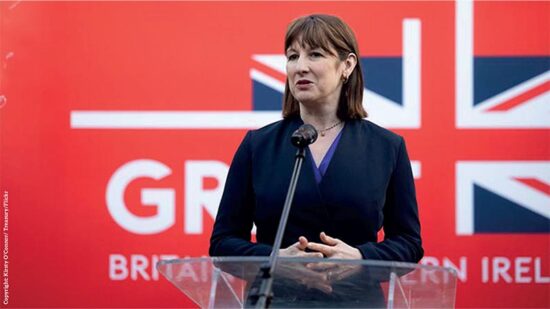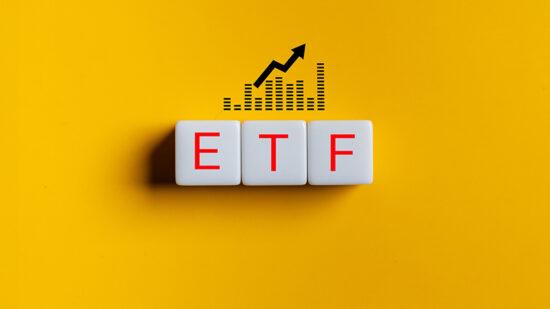Demand for active ETFs has surged among professional investors, according to Fidelity International’s Professional Investor DNA Survey.
The survey took in responses from over 120 institutional investors and intermediary distributors across Europe and Asia, in partnership with Crisil Coalition Greenwich.
Some 37% of those surveyed expect to increase their allocation to the product over the next 18 months – the highest growth of any fund type. Among intermediaries, the figure increased to 61%.
Overall, 24% of professional investors are already utilising active ETFs.
See also: WisdomTree launches crypto ETP tracking CoinDesk 20 index
Among the reasons for using active ETFs, respondents cited reduced costs, alpha generation, and access to specialist areas.
The European ETF market surpassed $2trn assets for the first time last year. According to Morningstar, however, the active ETFs account for just 3% of the wider ETF market in Europe.
Alastair Baillie Strong, global head of ETFs at Fidelity International, said: “The anticipated growth in investor allocation to active ETFs identified in our survey reflects the evolving preferences of investors. There is growing investor awareness of the benefits of active ETFs; combining the advantages of traditional active funds: flexibility, potential for outperformance; and those of ETFs: lower costs, transparency and ease of access.
PA Event: Spring Congress 2025
“PWC expects the global ETF market to grow to $20tn in assets under management by 2030, a 17% compound average growth rate, and we anticipate that active ETFs will grow even faster, increasing their share as more investors discover their benefits.”
This story was written by our sister title, Portfolio Adviser








